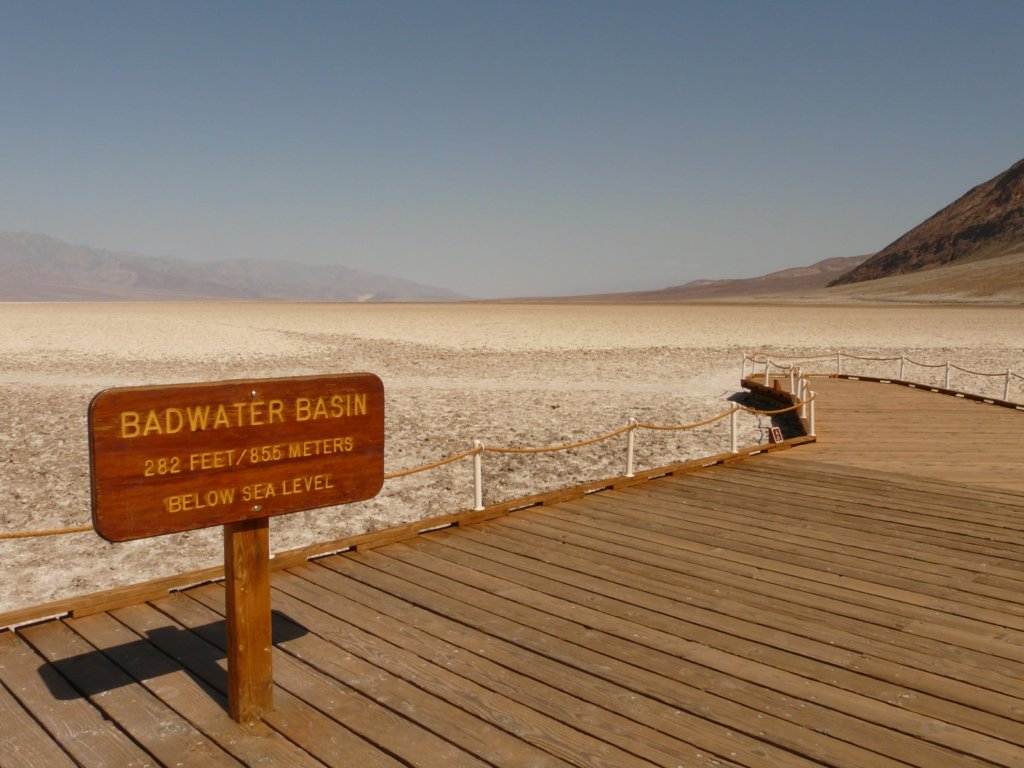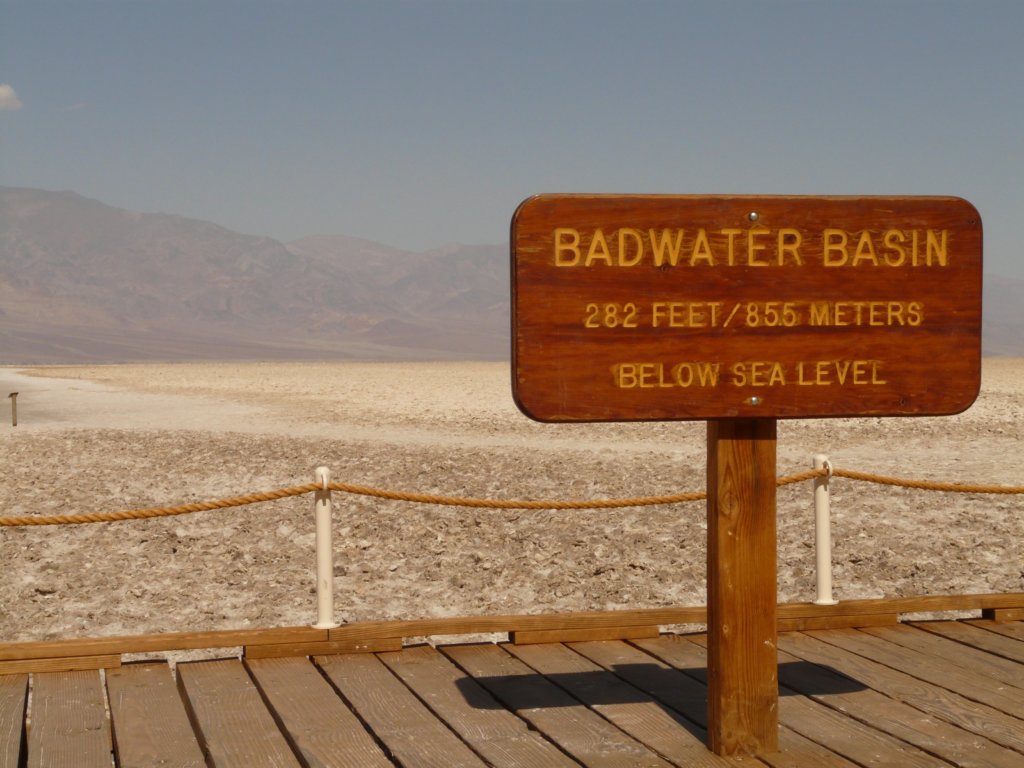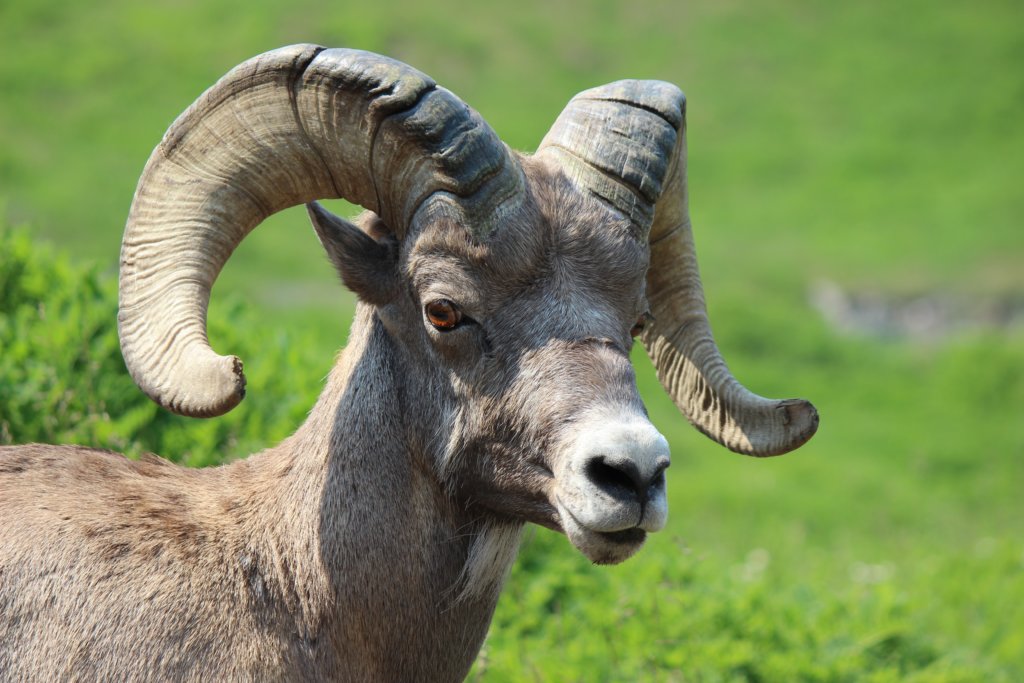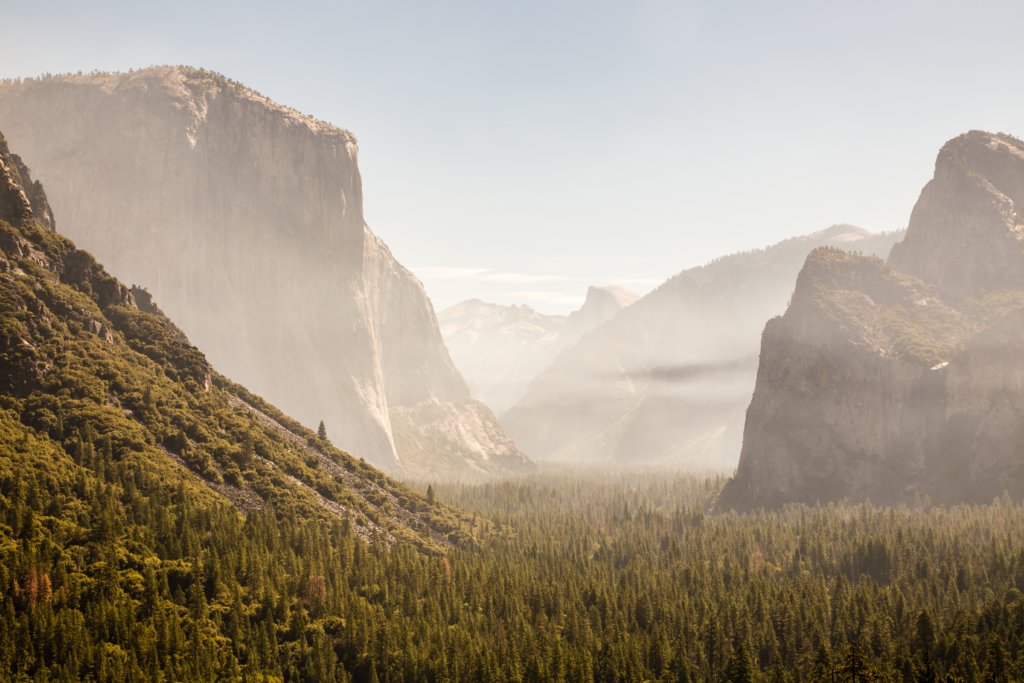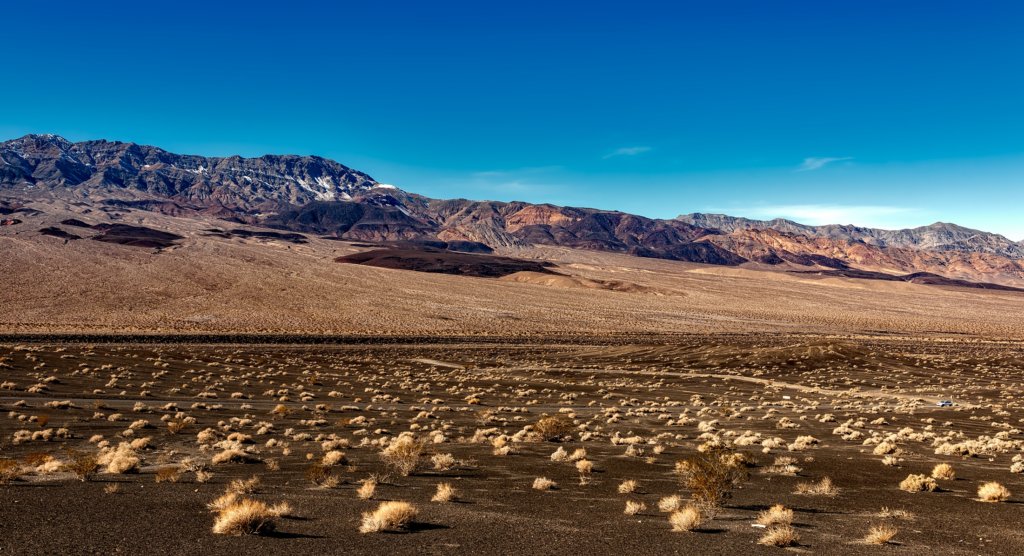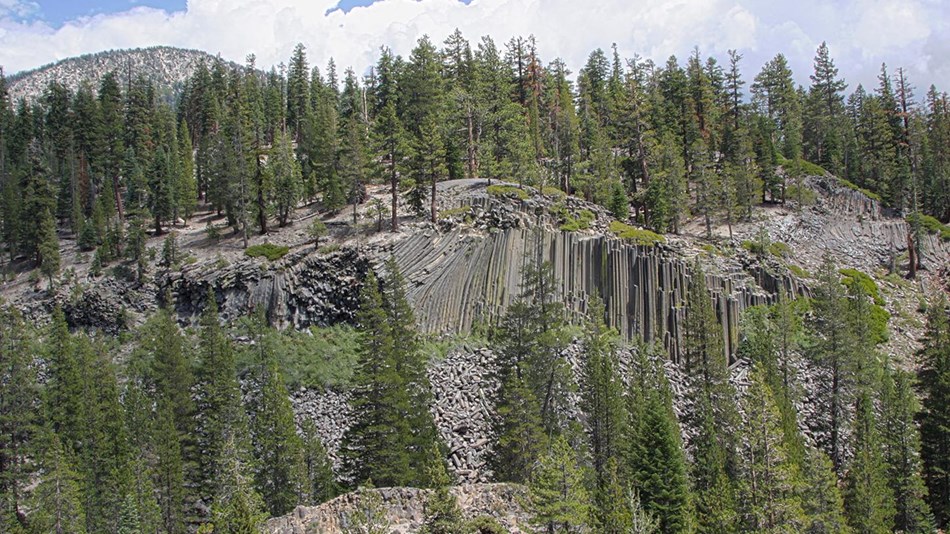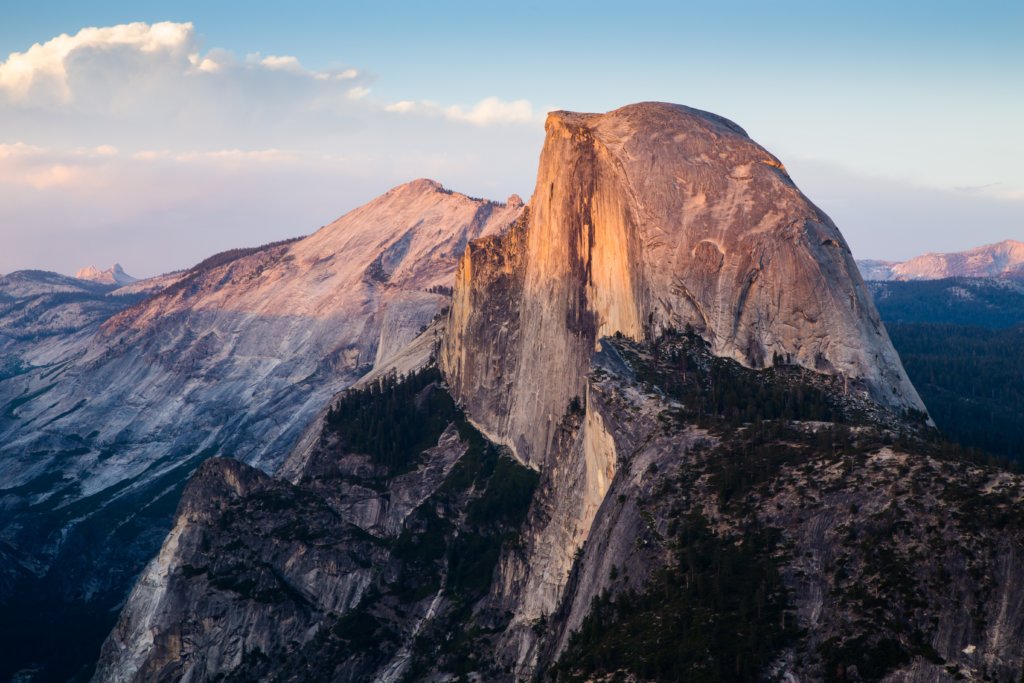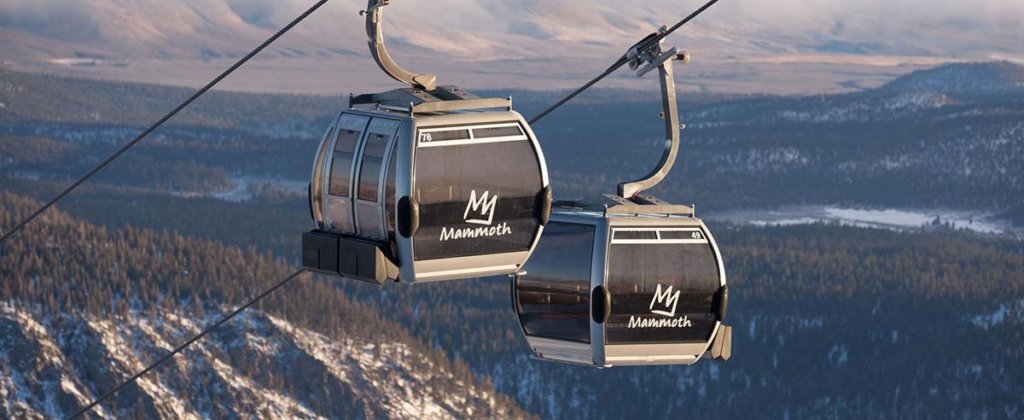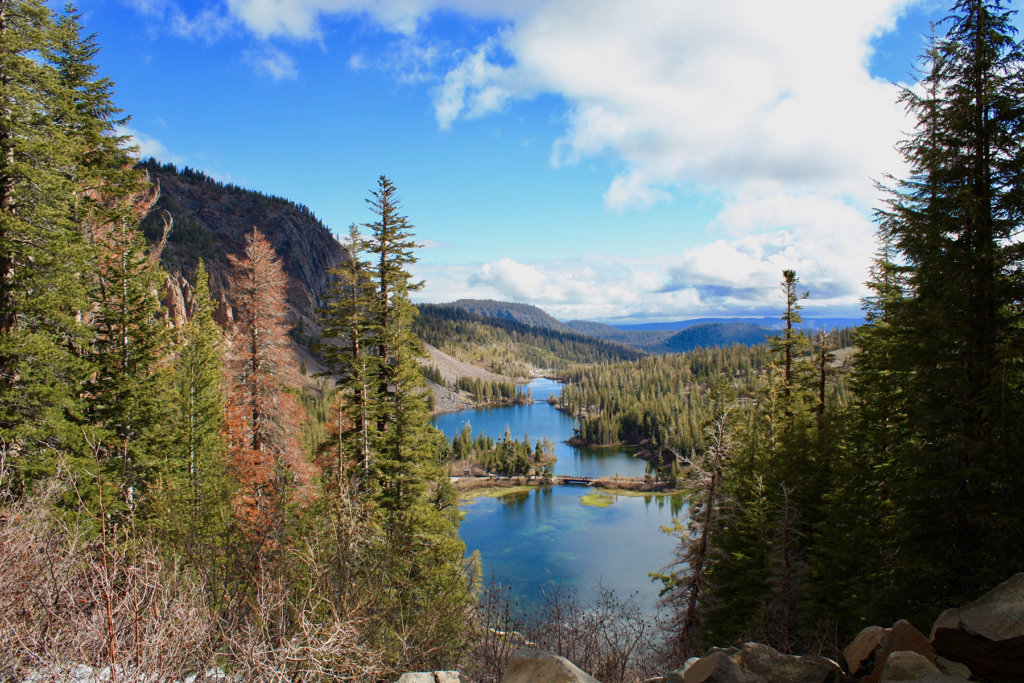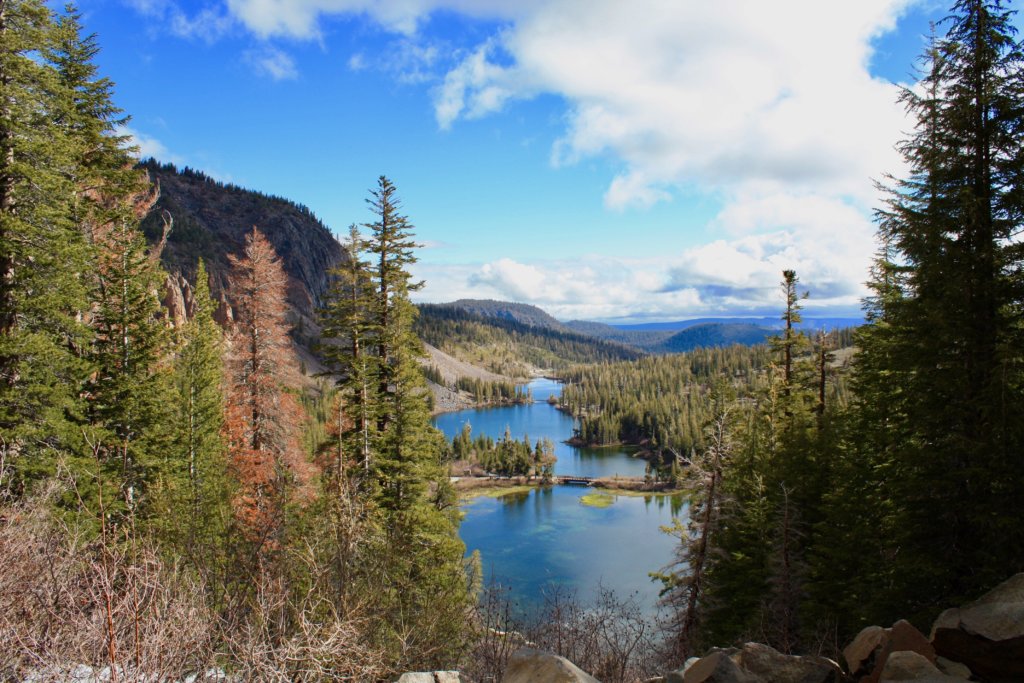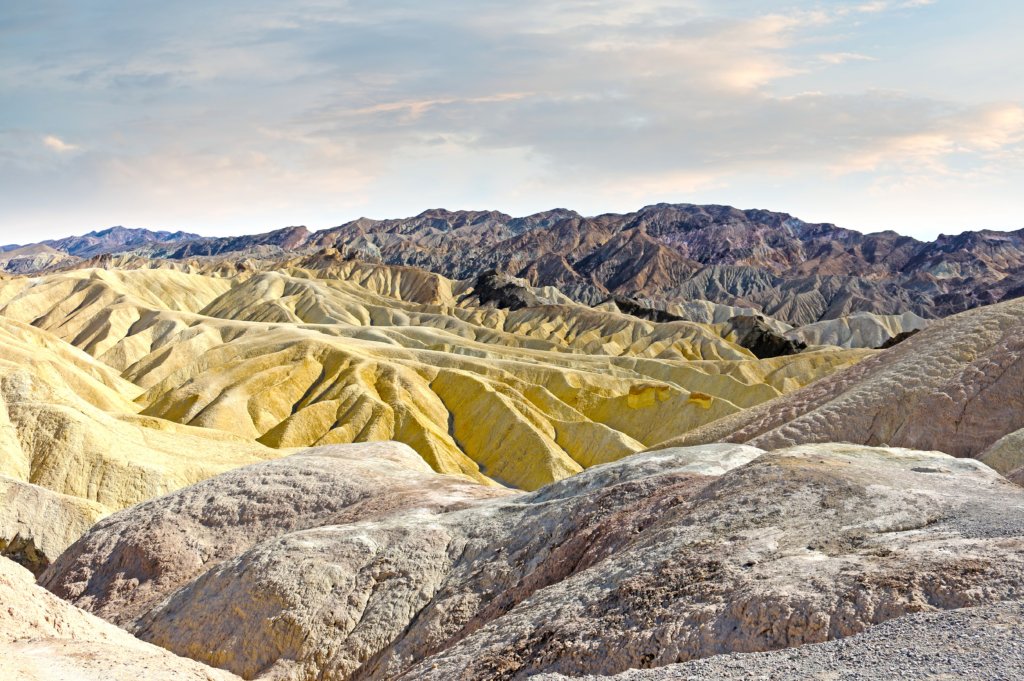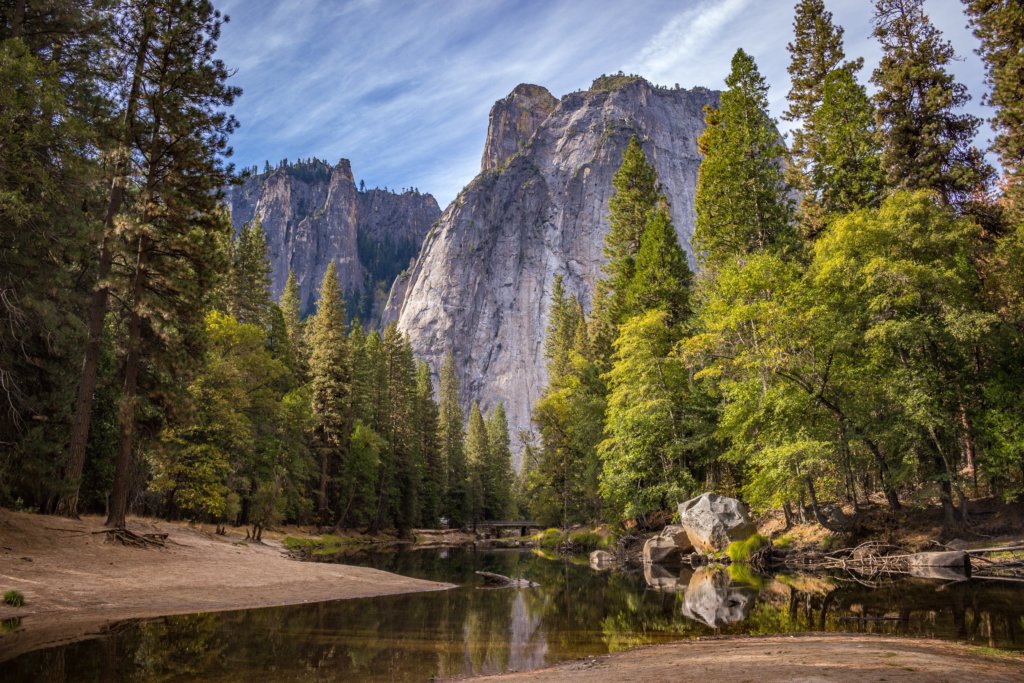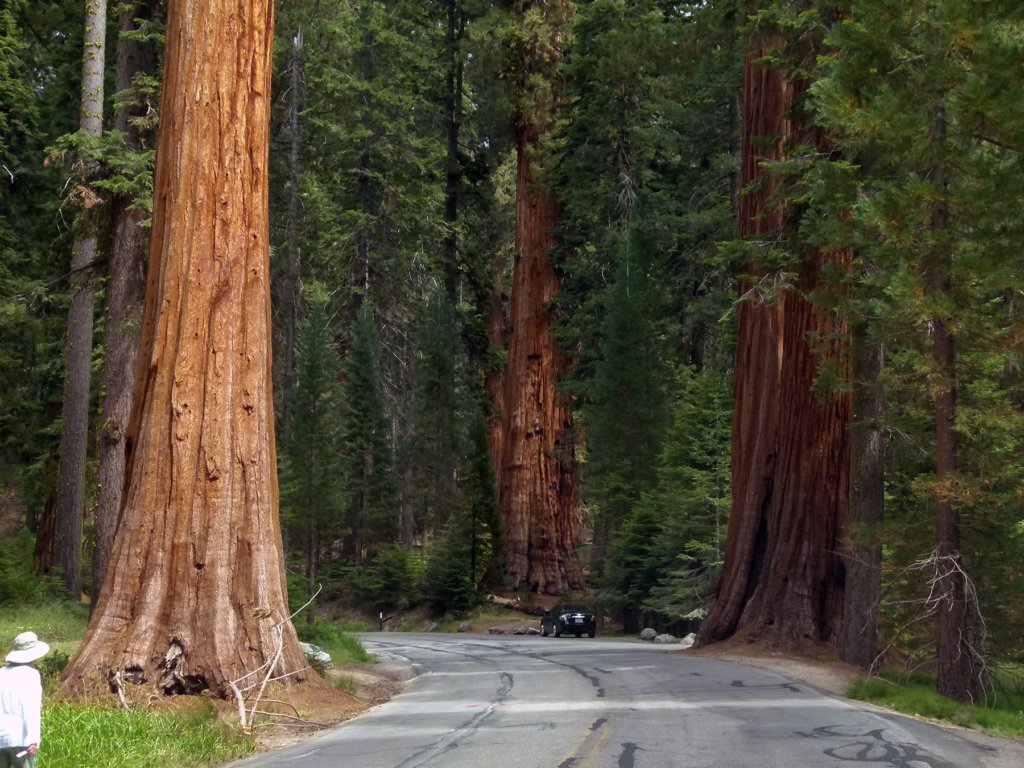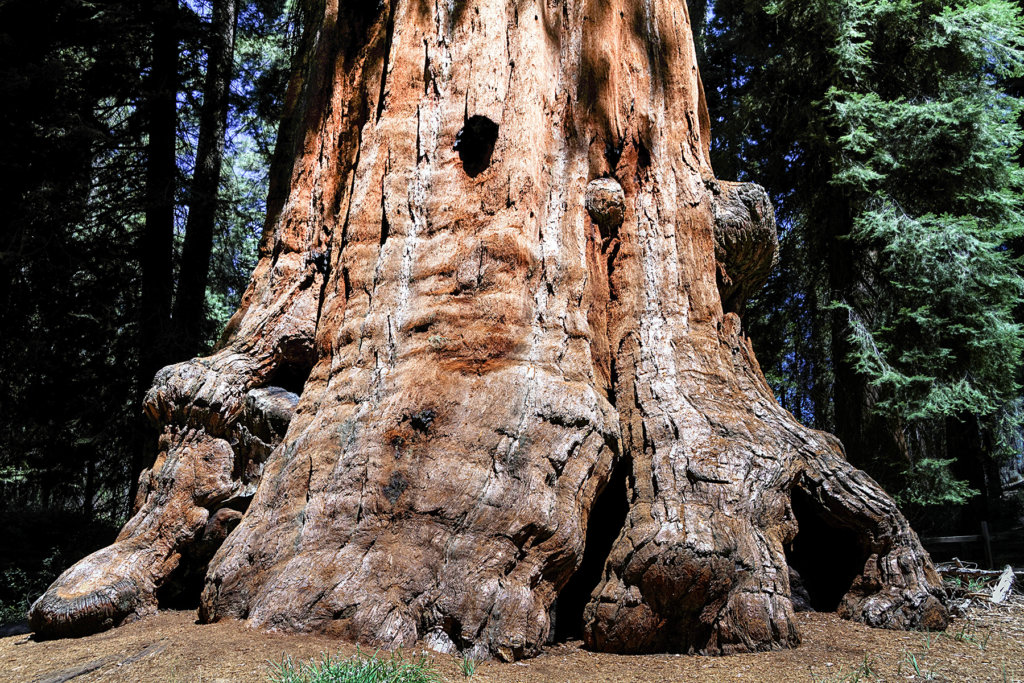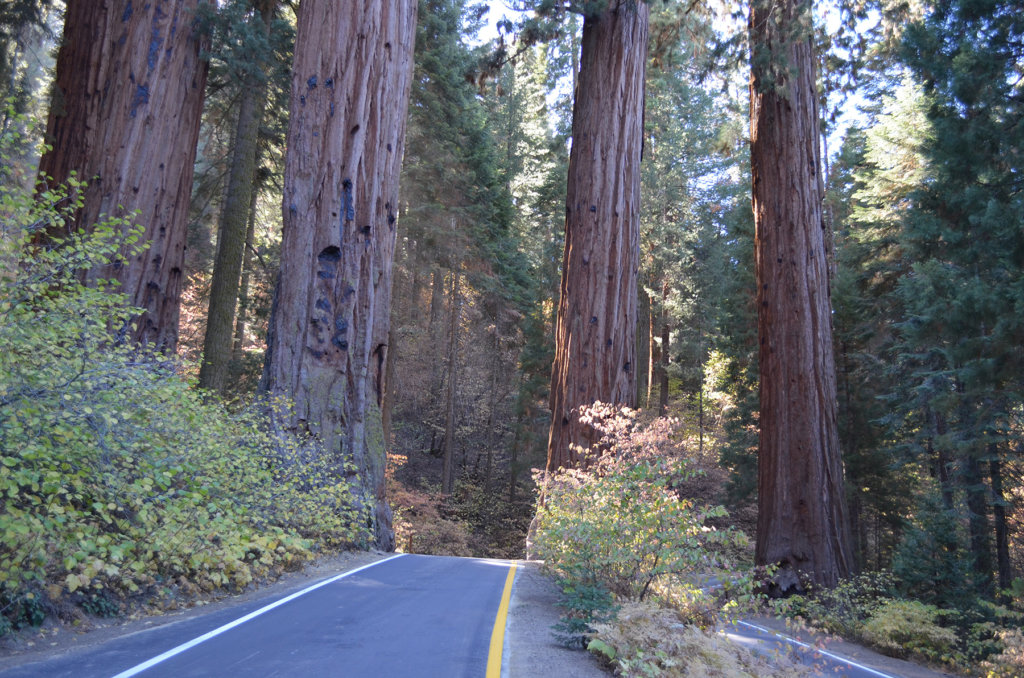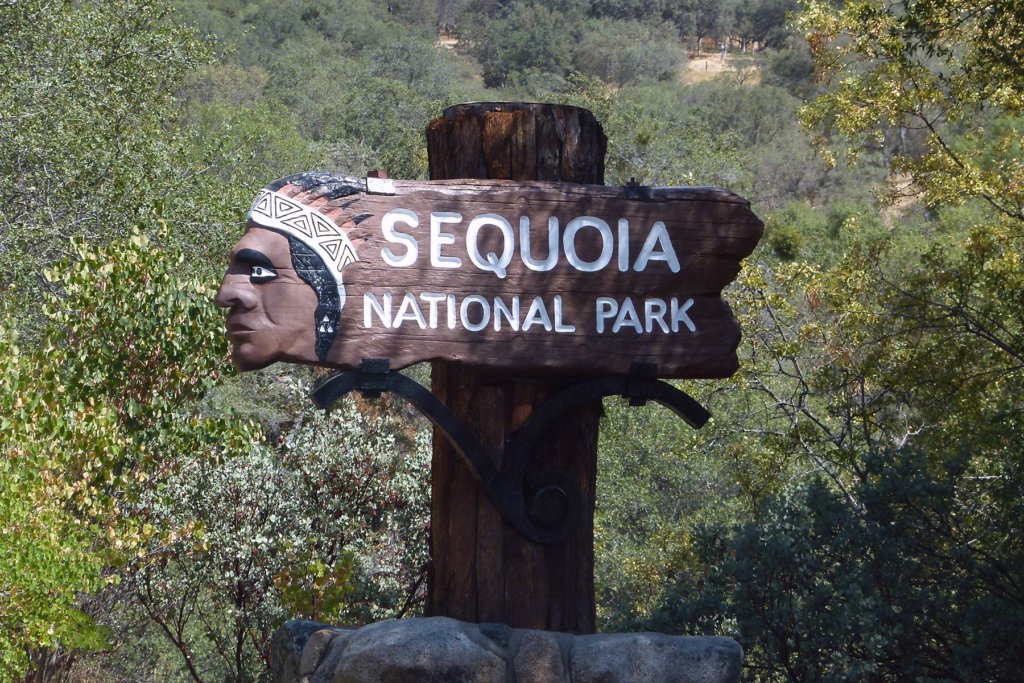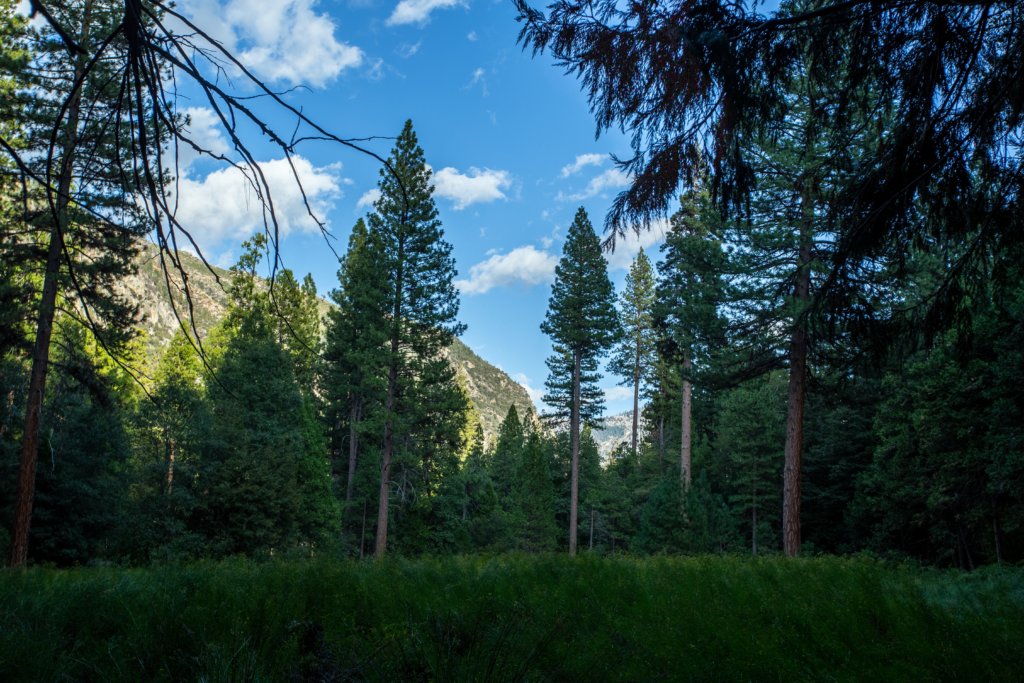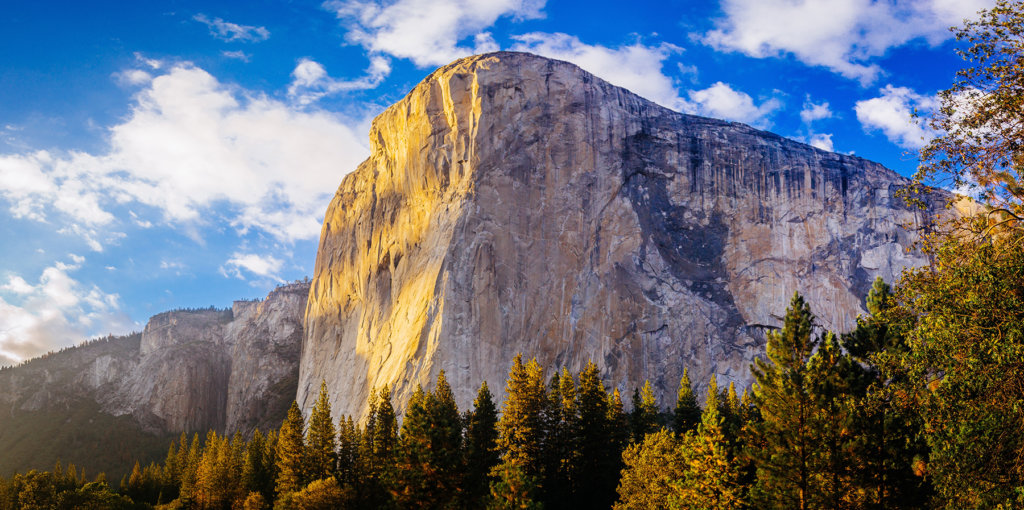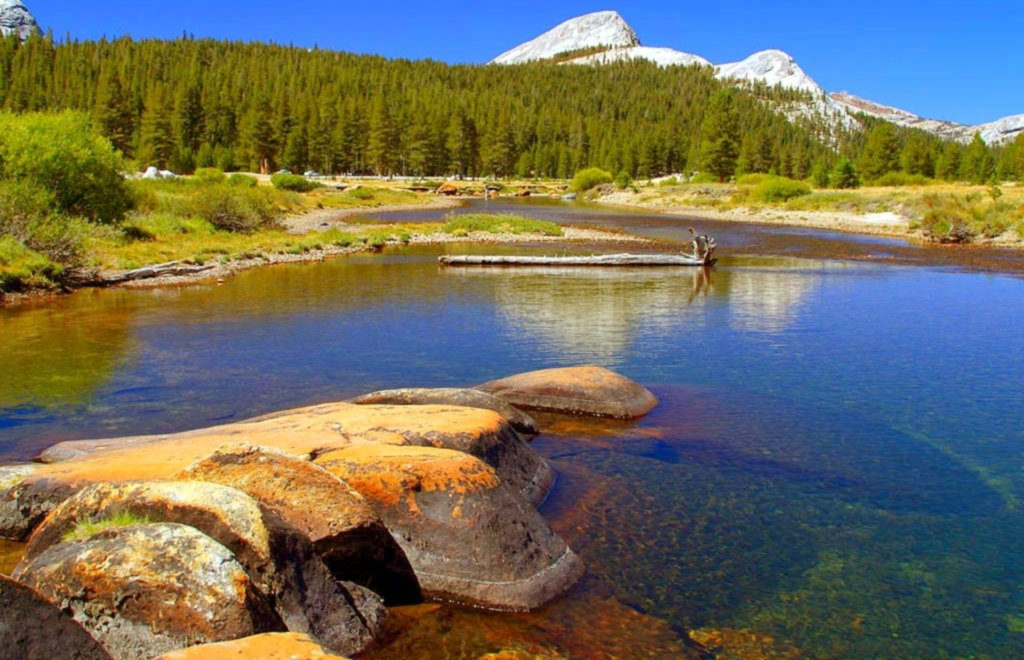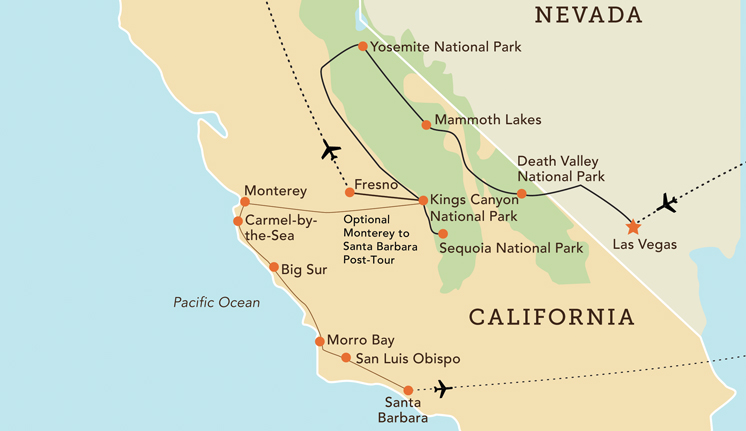Death Valley, Yosemite and the Great Parks of California
Survey the dramatic landscapes of four of California’s national parks as nature testifies to its size, beauty, and diversity. Discover the vast desert region of Death Valley National Park—home to both the lowest point in North America at 282 feet below sea level and the world’s highest recorded temperature at 134 degrees Fahrenheit. Admire the iconic waterfalls, deep valleys, grand meadows, and extensive wilderness of Yosemite. And marvel at the celebrated groves of sequoia giants at Sequoia and Kings Canyon National Parks.
Highlights
- Experience the diverse wonders of four West Coast national parks accompanied by an Orbridge Expedition Leader.
- Observe terrestrial and celestial spectacles in Death Valley National Park.
- Visit Badwater Basin, an otherworldly landscape of crinkly salt flats, and enjoy pristine views of thousands of stars in the nighttime sky.
- Honor and preserve the memory of thousands of Japanese Americans who faced internment during World War II at Manzanar National Historic Site.
- Delight in exploration of Yosemite National Park, a varied landscape supporting more than 400 species of amphibians, reptiles, birds, and mammals.
- Spend time at Sequoia and Kings Canyon National Parks that are teeming with endless natural features, including General Sherman—a giant sequoia tree soaring 275 feet into the blue Sierra sky.
- What’s included: 7 nights accommodations in inspiring hotels and lodges; 7 breakfasts and 4 dinners, plus special welcome and farewell receptions; full guiding services of an Orbridge Expedition Leader as well as local expert guides; all activities as described in the 8-day itinerary; admission and park fees; private deluxe motor coach with air conditioning and comfortable seating; luggage porterage; gratuities to Orbridge Expedition Leader, local guides, drivers, porters, and wait staff for included meals; and airport transfers for guests arriving and departing during the suggested times.

